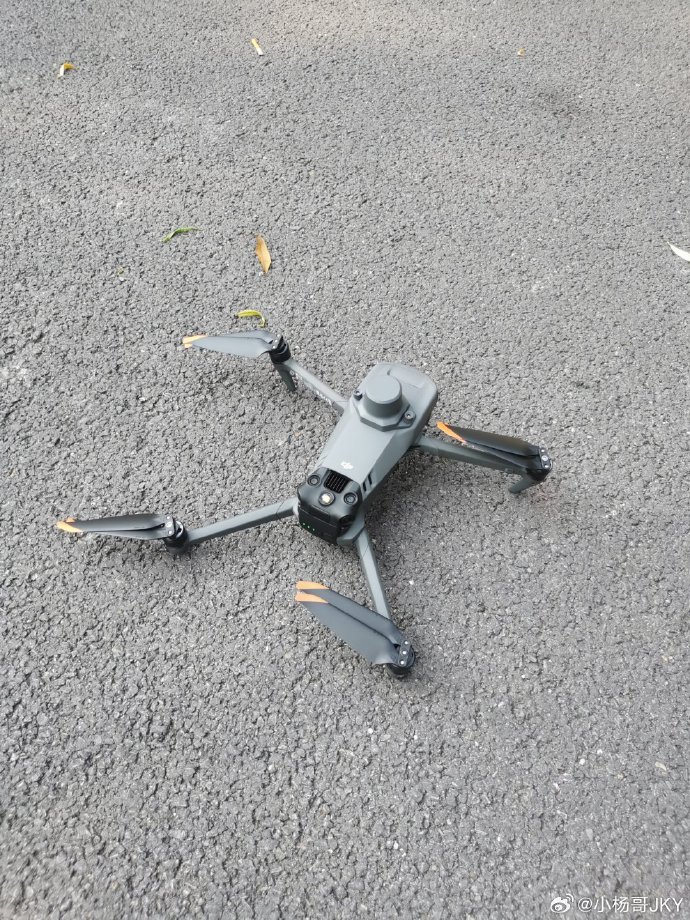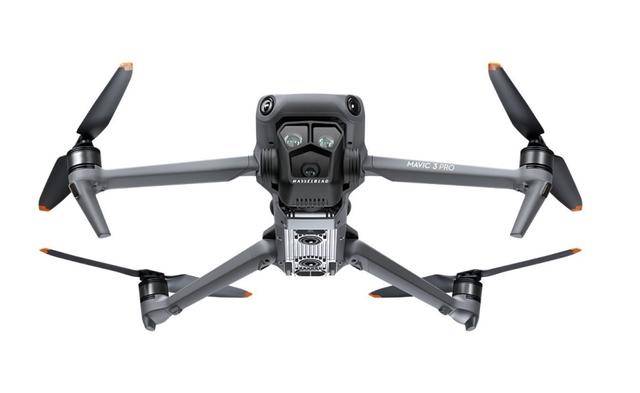In recent years, drones have become increasingly popular, and with their rise in popularity, the Federal Aviation Administration (FAA) has implemented various regulations to ensure safe flying. Understanding the latest FAA drone regulations is crucial for all operators. These rules not only protect other people and property but also ensure that drone operators adhere to certain standards that foster a safe community of aerial enthusiasts.
Introduction to FAA Drone Regulations
The advent of drone technology has created a new horizon for hobbyists, professionals, and businesses alike. However, with this new frontier comes the need for regulation. The FAA has been at the forefront of establishing guidelines that promote safety and prevent mishaps in the air and on the ground.
Why Are FAA Regulations Important?
FAA regulations are critical as they set out requirements that drones must meet before they take to the skies. This includes guidelines on airspace restrictions, altitude limits, and operational limitations. Such regulations are designed to minimize the risk of accidents and collisions.
Key Aspects of FAA Drone Rules
- Registration Requirement: All drones weighing more than 0.55 pounds but less than 55 pounds must be registered with the FAA before flying. This registration helps in tracking and managing drone operations.
- Comprehending Airspace Classification: Drone pilots must understand different airspace classes—Class B, Class C, Class D, Class E, and Class G—and know whether they require permission to fly in specific zones.
- Altitude and Speed Restrictions: The FAA commonly restricts drones to fly below an altitude of 400 feet and imposes speed limits to prevent interference with other aircraft.
- Part 107 Certification: Commercial drone pilots need to earn a Remote Pilot Certificate by passing a knowledge test that assesses their understanding of FAA regulations and airspace laws.
- Operational Limits: Drones cannot be flown over people or moving vehicles and must avoid flying within five miles of an airport without prior notification.
The FAA drone regulations are continuously evolving, with many recent updates addressing advancements in technology and user accessibility. Being aware of these changes not only ensures compliance but also enhances the flying experience by reducing unforeseen challenges.
Recent Updates and Their Impacts
Several recent updates have streamlined the operational processes, including advancements in software for real-time airspace notifications and authorizations. One significant change is the implementation of Remote ID requirements for drones. Similar to the license plate of a car, Remote IDs will provide identification information regarding drones, even during flight. This helps promote the safety and security of the airspace while supporting the advancements of drone operations.

Moreover, night operations have opened new possibilities, with the FAA permitting drones fitted with anti-collision lighting to operate after sunset.

Used for Various Applications
Drones are now revolutionizing industries by providing innovative solutions for tasks such as photography, agriculture monitoring, search and rescue operations, and infrastructure inspections. The FAA regulations ensure that these operations are conducted safely and efficiently.
Conclusion: Responsible Drone Flying
Adherence to FAA drone regulations is paramount for responsible flying. By understanding and following these guidelines, drone pilots can ensure safety and legality in their operations, paving the way for continued growth and the integration of drone technology into diverse industries.
FAQs:
What happens if I fly my drone without registering it?
If you fly a drone that requires registration but hasn’t been registered, you may face civil and monetary penalties that can be costly. It is crucial to comply with FAA regulations to sidestep legal issues.
Can I fly my drone at night?
The FAA allows night flying, provided your drone is equipped with appropriate anti-collision lights visible from up to three miles. Ensure you adhere to this guideline to avoid violating regulation.
How can I obtain a commercial drone pilot certification?
To obtain a Part 107 certification, you need to pass the FAA’s knowledge test, which covers airspace guidelines, weather effects, and more. Preparation through study materials and training courses is advisable for success.